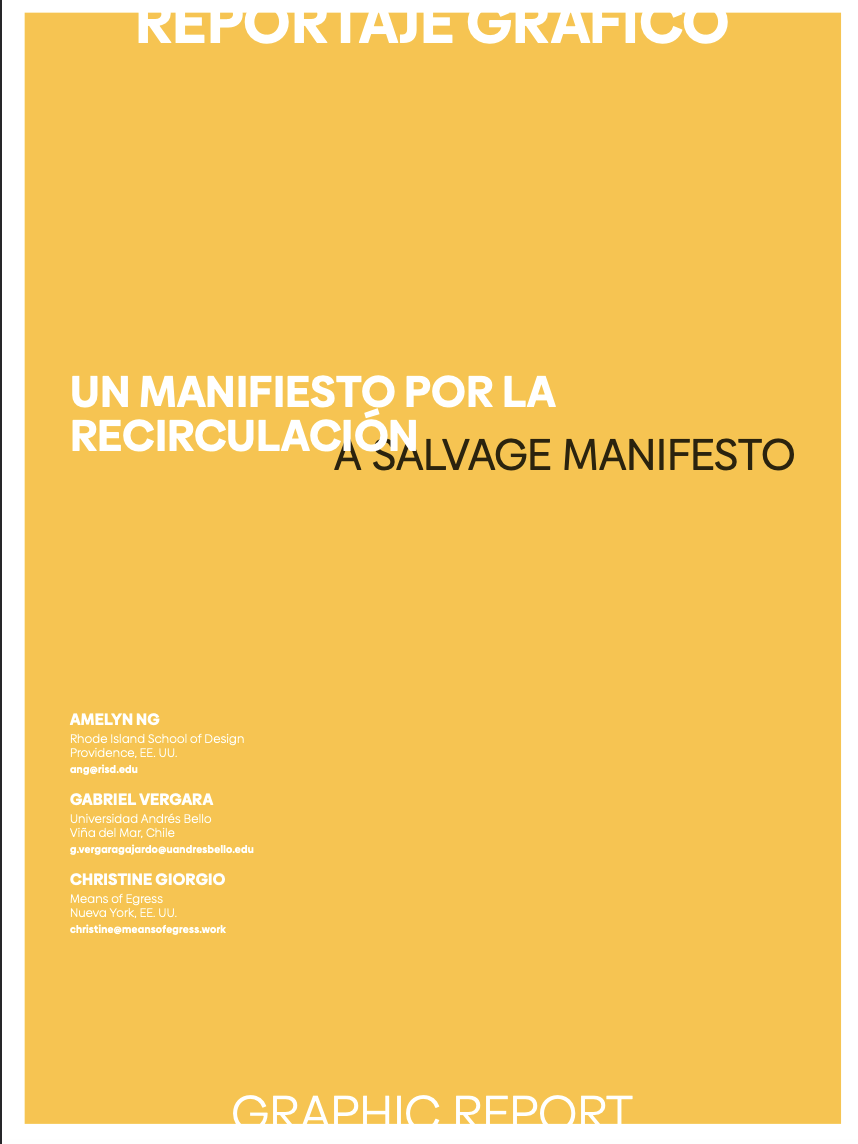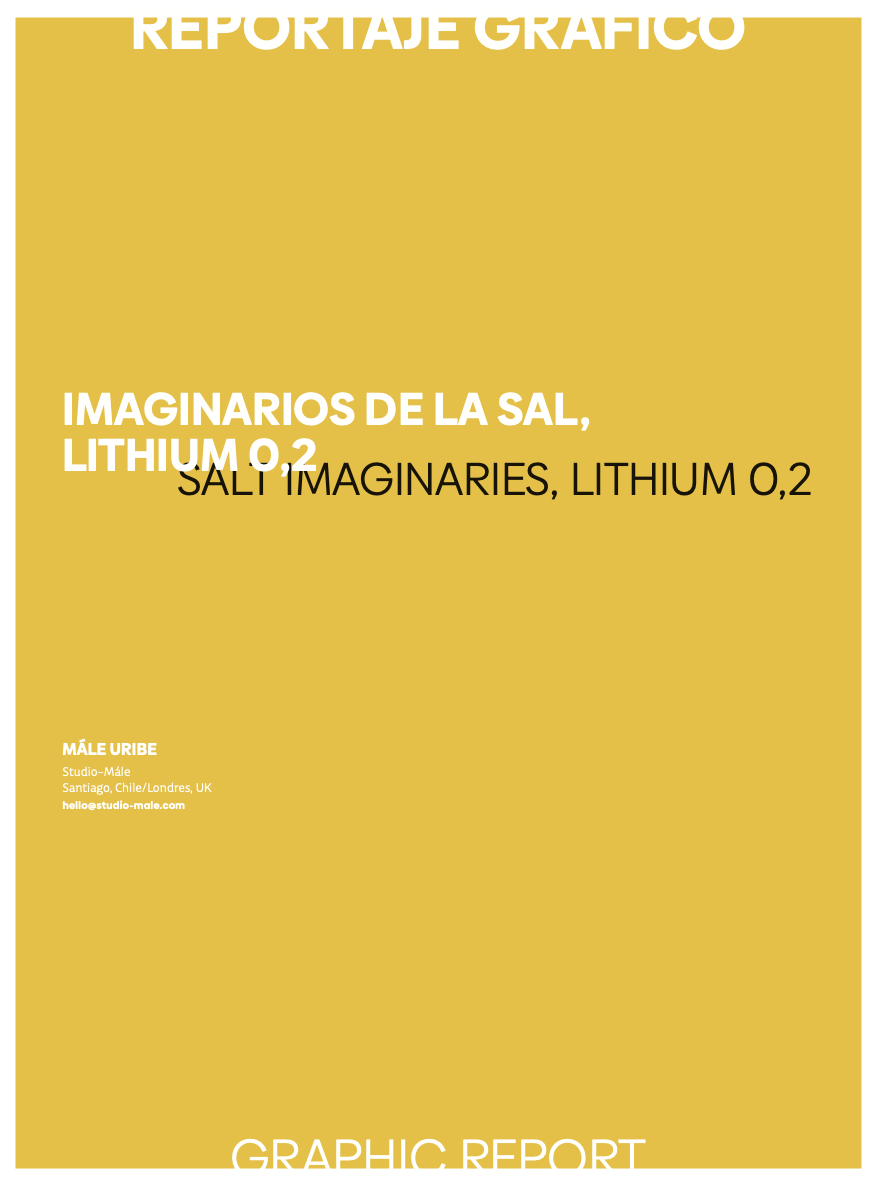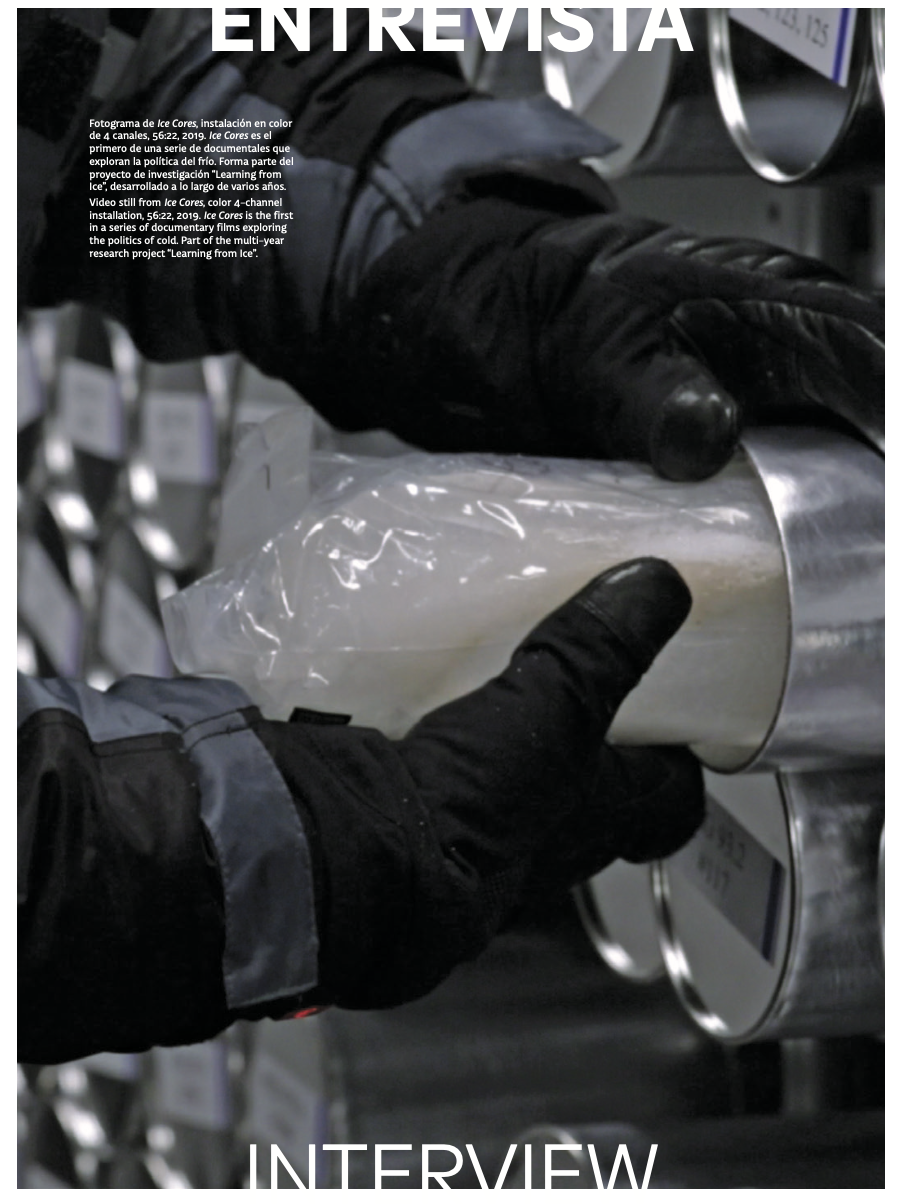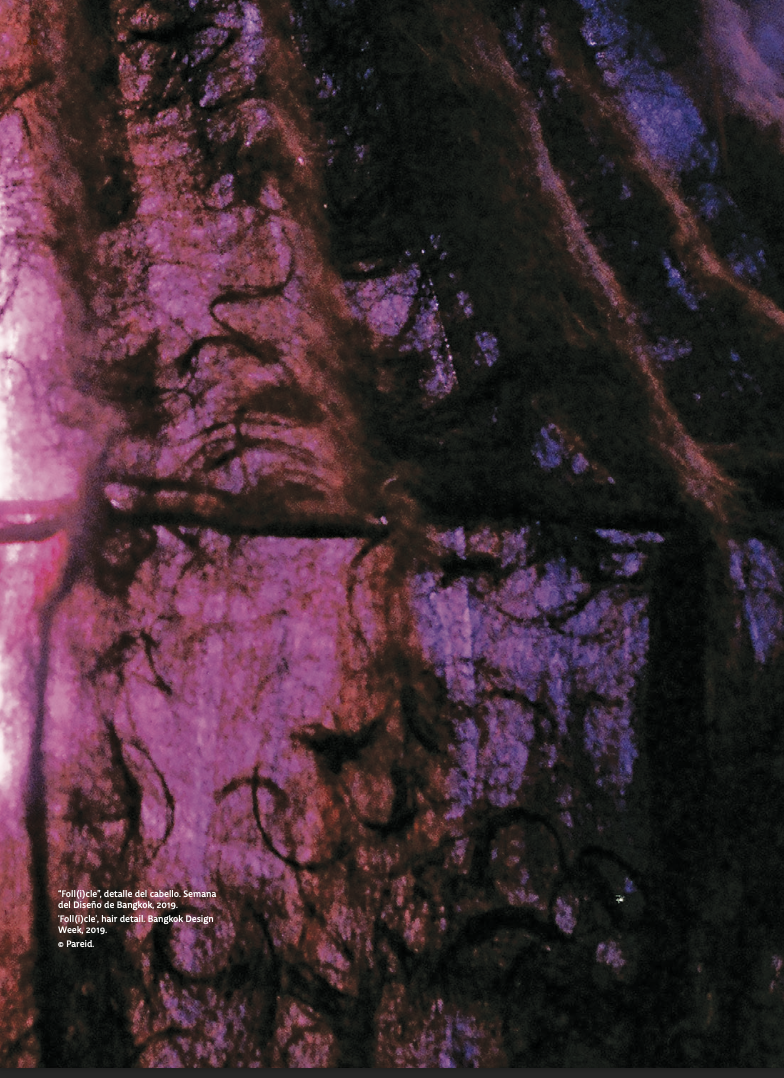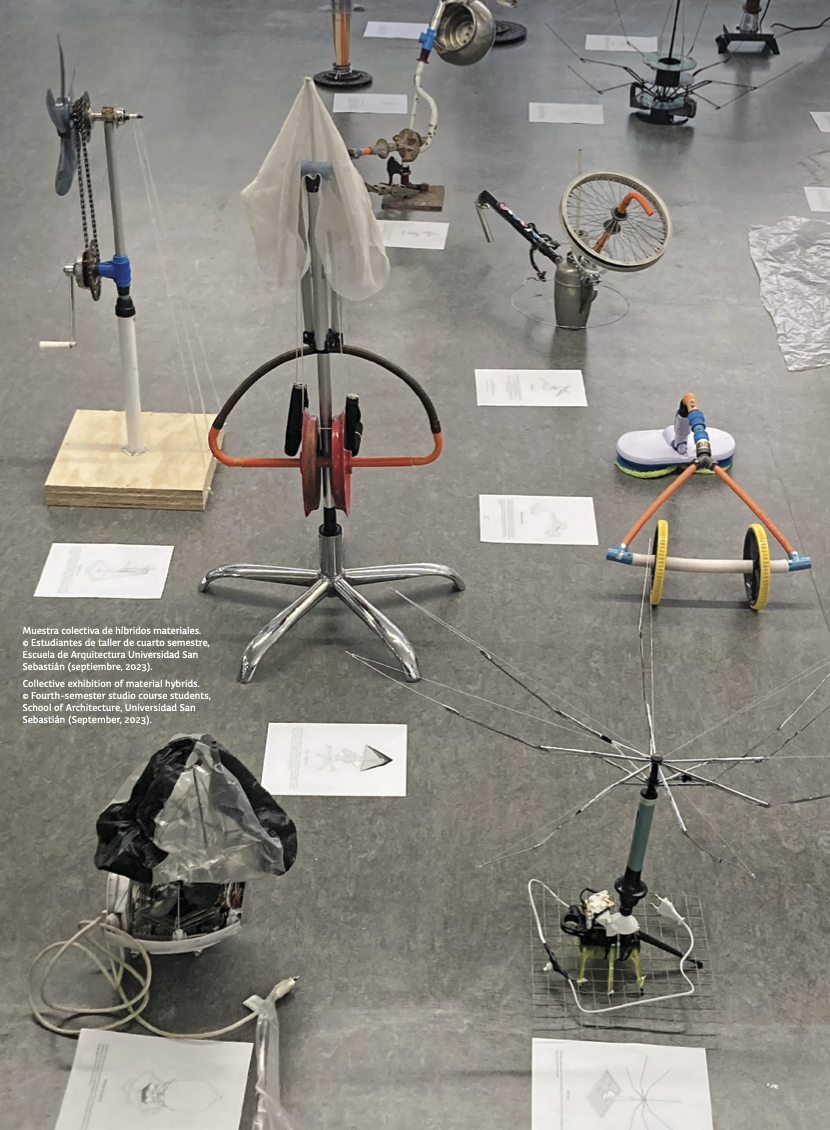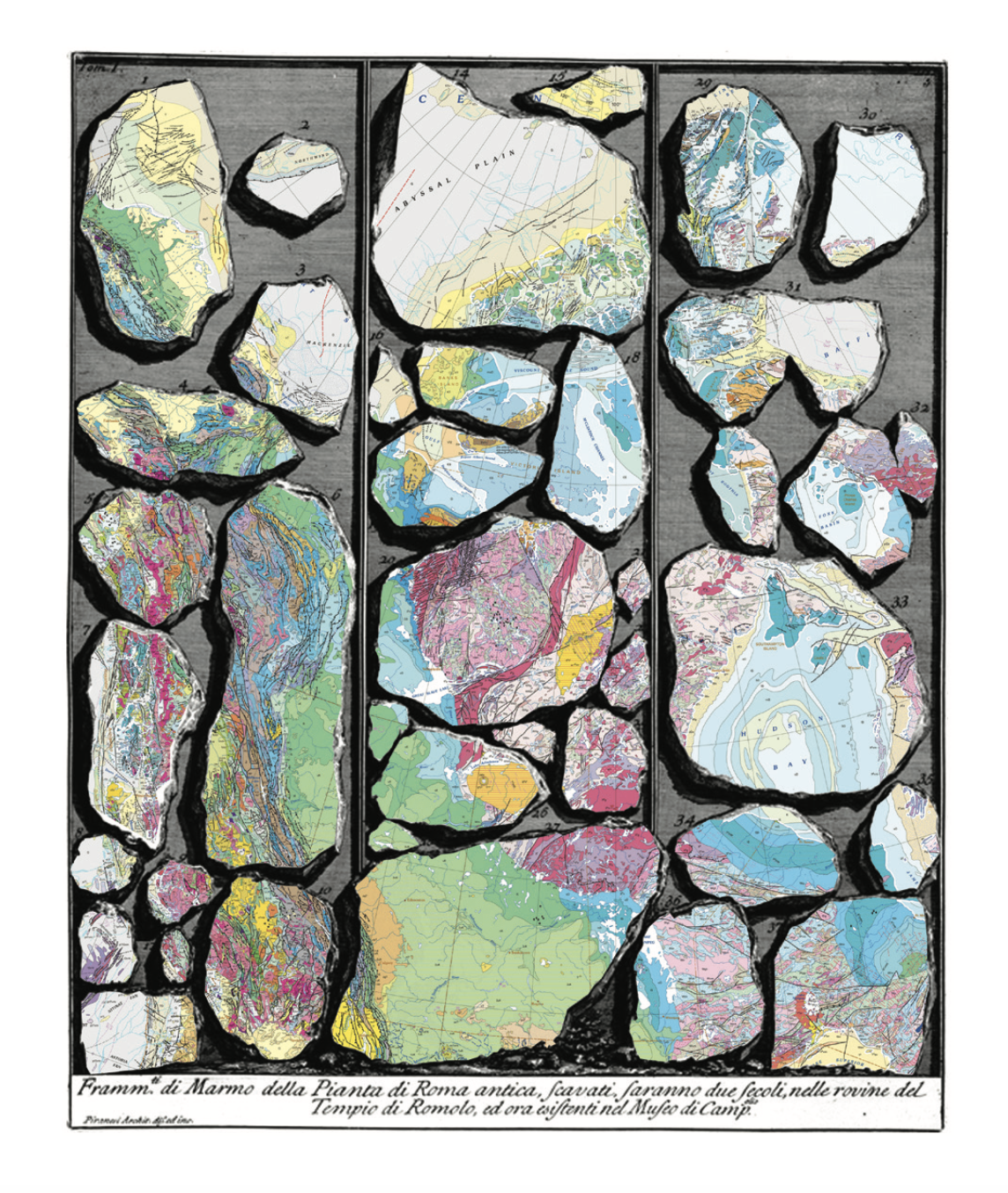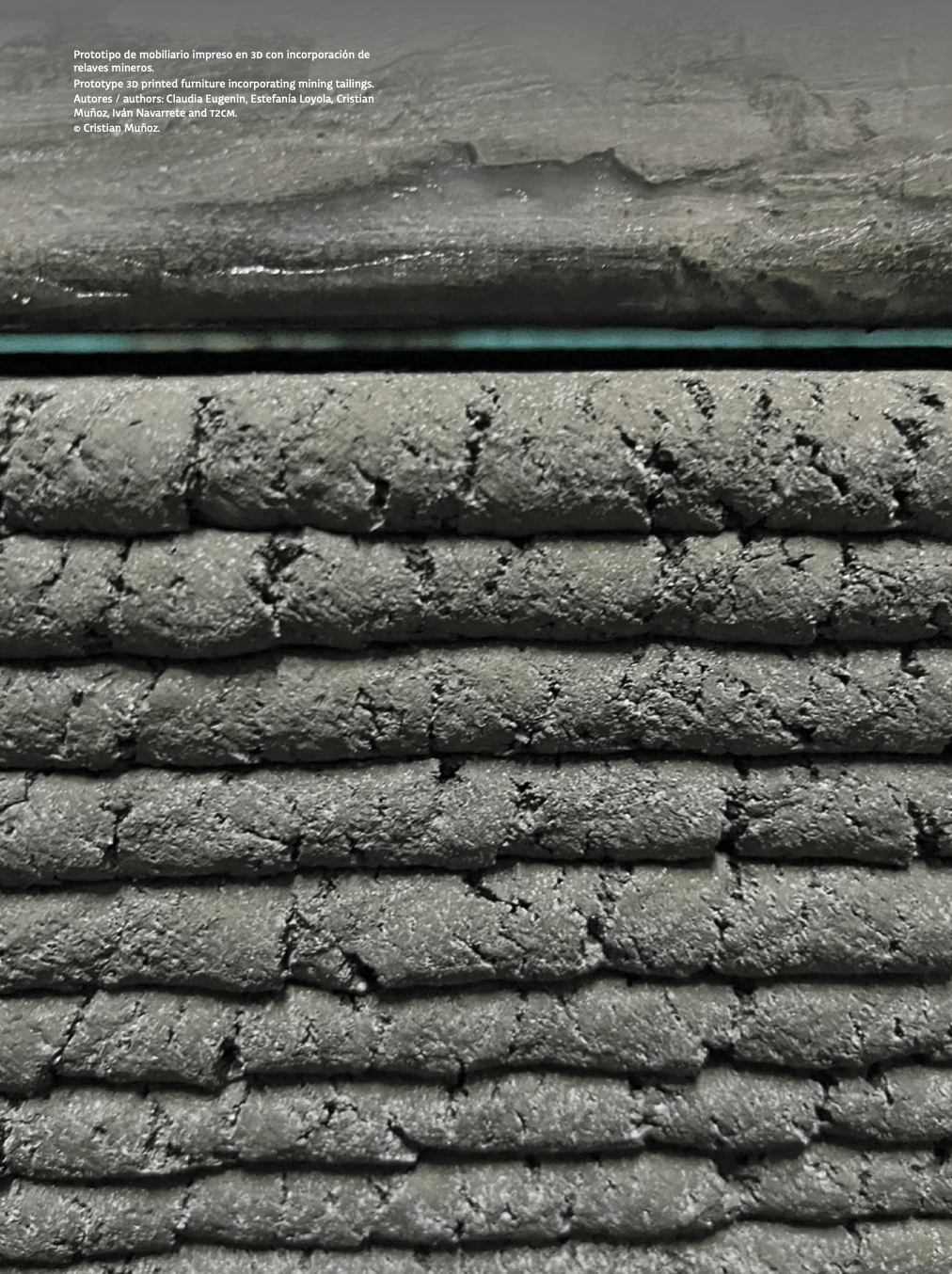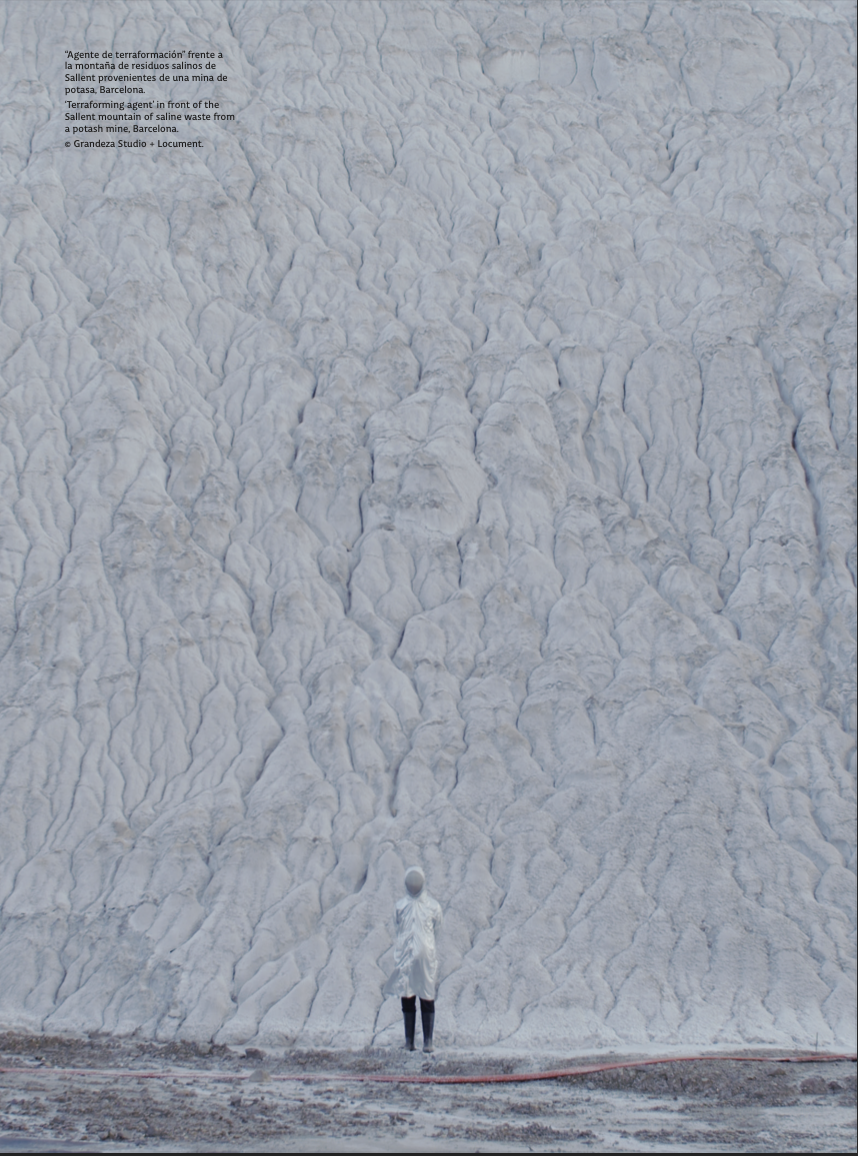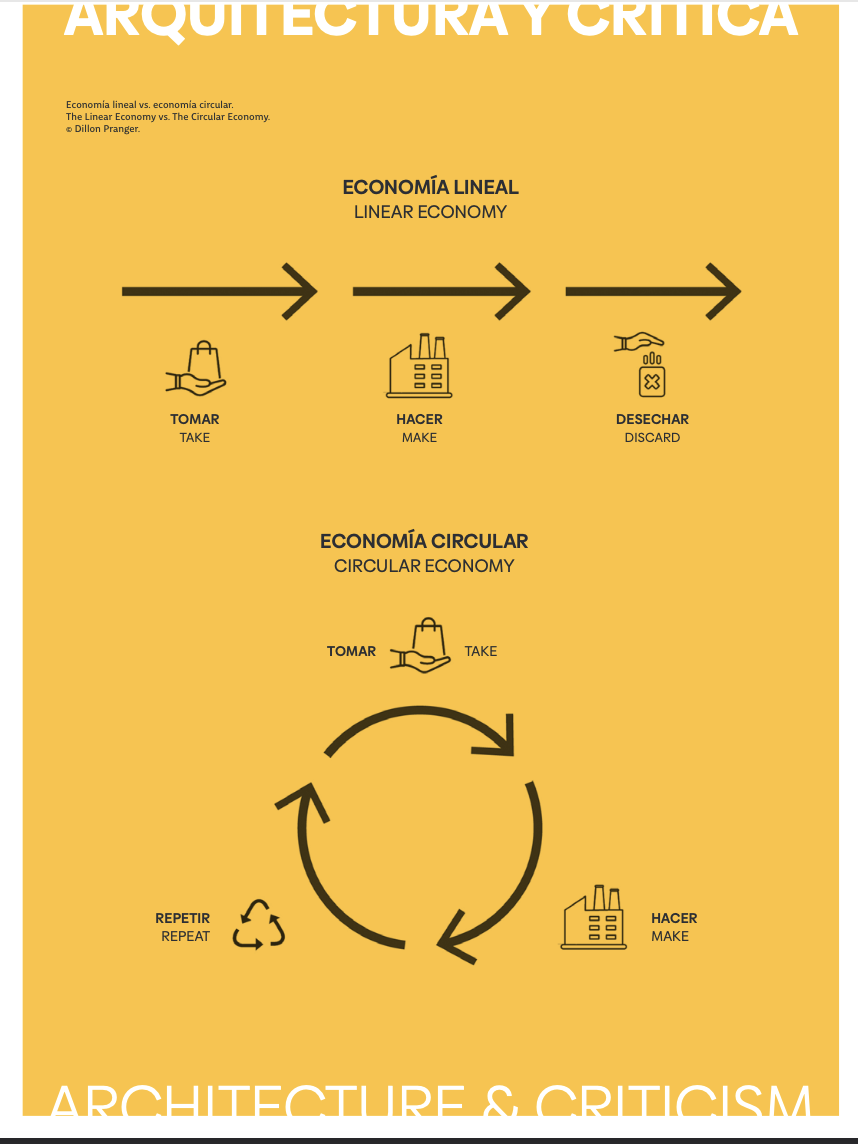
This issue of Materia Arquitectura inquiries into various material forms that make evident the intricate networks and layers that compose the physical world. LINDA SCHILLING, its guest editor, instigates a discussion about the complicit role of architecture in the gargantuan movements of matter that characterize our epoch. Interviewed in this issue, SUSAN SCHUPPLI examines new forms of material evidence that would create a planetary archive of material witnesses that could enter trials and tribunals to testify. The collective PAREID highlights the potential of human hair for environmental monitoring and reveals the entanglement between environments, bodies, protocols, knowledge, aesthetics, ecologies, and histories. CLAUDIO PALAVECINO y TOMÁS GARCÍA DE LA HUERTA propose a new pact with matter and place waste as the matrix of new narratives that examine power and the aesthetics of the architectural object as a support for life. OPHELIA MANTZ proposes pedagogical tools to navigate between scientific and artistic modes of existence to promote the construction of material ethics for the 21st century. CRISTIAN MUÑOZ and PAULA ORTA explore one of the most widespread and polluting materials, concrete, from two historical perspectives, the formal and the economic; and a future perspective, the ecological one. Through Strata Incognita, JORGE VALIENTE, AMAIA SÁNCHEZ, FRANCISCO LOBO, and ROMEA MURYŃ address the complex relationship between humanity and soils, highlighting the importance of soil as a living archive of human history and future. By critically reviewing the strategies outlined in Building Better - Less - Different, DILLON PRANGER emphasizes that, for architecture to operate as a circular economy, technical and material innovations are not enough: social, economic, ecological, and ethical strategies, are also mandatory. In one of the graphic reports, AMELYN NG, GABRIEL VERGARA, and CHRISTINE GIORGIO propose seeing the built environment as a site of material exchange: a potential urban mine whose materials lie awaiting future harvest. In the second graphic report, MÁLE URIBE analyzes a project based on the resignification of minerals processed and devalued by the mining industry, to build new narratives.
DOI: https://doi.org/10.56255/ma.vi25
Published: 2023-12-28
